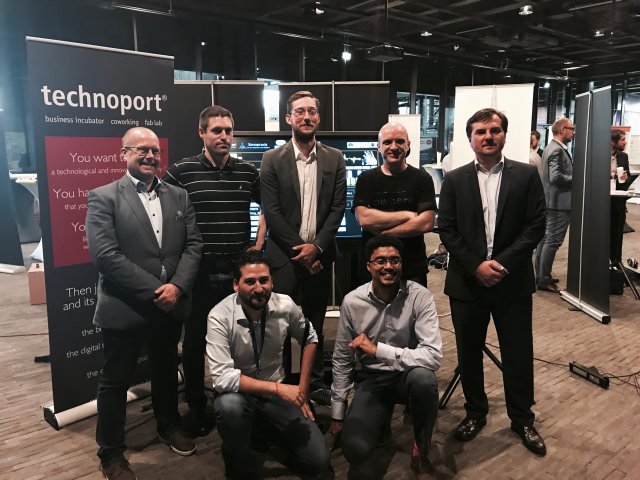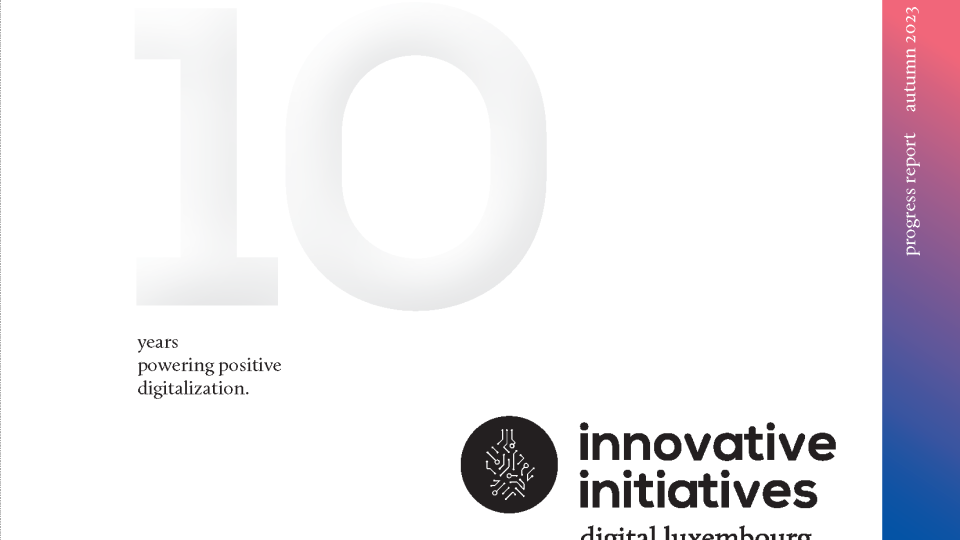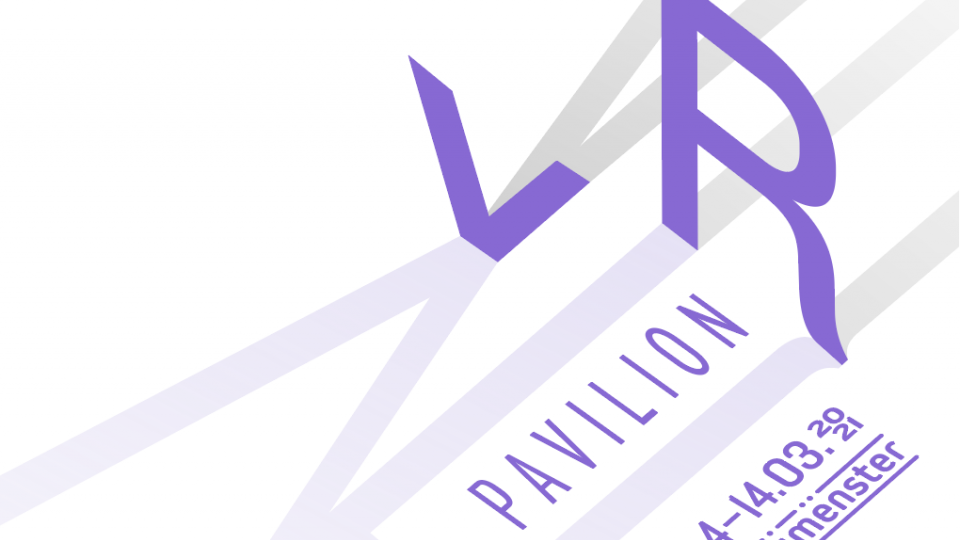How blockchain can generate frictionless collaboration & revenue distribution
Through Technoport’s interdiscplinary experiences with digital asset creation, the team inside the business incubator has developed the Spectrum project – Digital Luxembourg has decided to kickstart the project.
A song starts out as a melody in the mind of a musician. From those humble beginnings, it embarks on a long journey involving collaborators, producers and artists. Dozens, if not hundreds, of helping hands shape that tune before it reaches your ears.
Once a song, or any other creative digital asset, is finished and released into the world, the real work begins: distributing the profits to each contributor.
According to Technoport, the scene is set for blockchain to potentially simplify the process of rights administration and revenue distribution. This big idea began with big questions.
“What’s the life cycle of creative digital assets? Who owns digital assets?” asked Olivier Zephir, Business Advisor, Technoport. “If you take a script that becomes a film – you could have numerous right owners. With this technology, when you buy a ticket each right owner could get their portion in real time. Whether or not this is possible is another question.”
A question that its experimental new tool Spectrum aims to answer.
Nowadays, creative expression often arrives through digital channels – whether graphics, music or games. The digitalization of creative industries means newfound levels of accessibility, opening them up to professional amateurs.
Spectrum allows users to simultaneously create, publish and manage rights and revenue distribution in one place, drastically simplifying the process and giving control back to the digital artist. More specifically, it is a decentralized digital asset catalogue based on blockchain technology.
With a history of supporting and enabling blockchain projects, such as Infrachain PPP, Digital Luxembourg was eager to get involved: “We have seen many blockchain-related proof-of-concepts in recent months here in Luxembourg, but Spectrum has managed to grow organically in an environment where cross-disciplinary creators face complex rights administration issues in industrial design, sound creation or digital asset creation for gaming, ” explained Anne-Catherine Ries, Digital Luxembourg.
For now, Technoport’s testing focuses specifically on music, partially because digitalization has turned the industry upside down, with 50 percent of overall revenue derived from streaming.
Real-time revenue distribution
“We have an interface that allows you to create a piece of music and register it on the blockchain. The demo tool can also incorporate images along with the music, ” Zephir explained. “We are simulating the creation of a whole album and the collaboration that goes with it.”
Designing an interactive tool that lets artists develop music and save the rights simultaneously is no small task. Technoport’s Spectrum project seeks to determine whether or not the industry needs blockchain. Regardless of the answer, many agree that there is room for improvement in the arena of digital assets.
“Today, if you are a musician, how do you get back your share? Depending on the rules of different platforms, you have to wait to get your money. The point of Spectrum is to think in real time: if someone downloads my picture for 90 cents, I can immediately get 50 cents, ” he added.
A catalyst for collaboration
While a new application of blockchain technology is exciting in its own right, the team’s core motivation stems from Spectrum’s potential to facilitate collaboration. Drawing out individual contracts, managing rights and distributing revenue consumes time, resources and energy. The unfortunate result is that collaboration becomes an inconvenience.
“The keyword is collaboration. There is the potential to define new industry standards of operation for collaboration. This is what we want to bring to the Luxembourgish ecosystem, ” Zephir said.
A country that collaborates, shares and repurposes creations and innovations compounds its own productivity. In the long term, a simple revenue distribution tool like Spectrum might convince artists to collaborate.
“A script could inspire a song or a game, and royalty revenue channels can be facilitated through technology, ” he noted.
Reinventing industry standards
Spectrum itself is a product of collaboration, drawing on input from local digital entertainment and blockchain service providers, including Sonopraxis, Infrachain and Bitvalley and Apla.
In November, Spectrum was presented at the Sonic Visions music festival via an interactive installation entitled Transforming DRM [Digital Rights Management] – From Sound to Blockchain. The demo allowed the public to experience the interface on a large, flat touchscreen.
For now, the team continues meeting with industry players and members of the public to explore and fine tune Spectrum’s added value. This includes music distribution platforms (e.g. iTunes), which would benefit from the ability to smoothly manage rights and enter into direct banking relationships.
In June, Spectrum will head to Barcelona for Sónar+D, a creativity, technology and business congress. The team will present its solution alongside other game-changing technology initiatives.
As Spectrum continues to progress, in collaboration with industry players, it will further explore its role in the music industry and possibly forge a new standard of frictionless collaboration.







